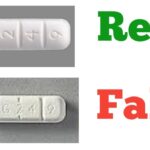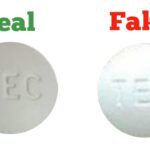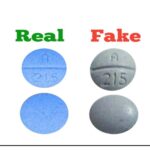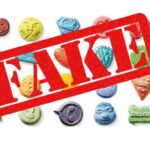How to Test If Xanax is Real
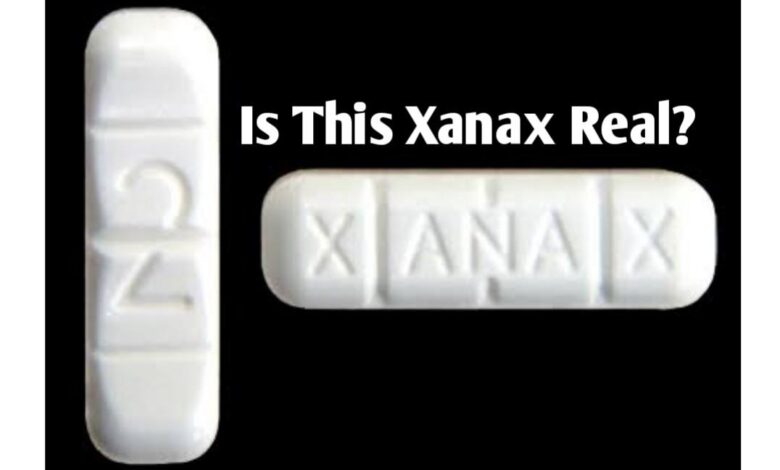
From 2013 to 2017, the number of opioid-involved overdose deaths in the United States increased 90%, from 25,052 to 47,600. This increase was primarily driven by substantial increases in deaths involving illicitly manufactured fentanyl (IMF). Recently, a jury found group of conspirators guilty of organizing and directing a drug trafficking organization that imported fentanyl and alprazolam from China and used the drugs to manufacture fake Xanax pills made with fentanyl. The evidence at trial showed that more than 90 of the ring leader’s customers died of drug overdoses. However, the total number of victims could not be calculated since the gang leader sold many of his fentanyl laced fake pills in bulk to redistributors and their customers could not always be located by investigators.
Fake pills are often made using cheaper ingredients like fentanyl, which can be up to 10 times stronger than what people think they are taking, potentially leading to longer-lasting side effects and long-term addiction or overdose.
Every state in the US has reported a spike or increase in overdose deaths or other problems during the COVID pandemic. One prevailing theme is the fact that the epidemic now is driven by illicit fentanyl, fentanyl analogs, methamphetamine, and cocaine, often in combination or in adulterated forms. Overdose related to prescription opioids and heroin remain high and also are increasingly adulterated with illicit fentanyl.
What is Xanax?
Xanax, commonly referred to by its generic name alprazolam, was originally developed by Upjohn Labs in the late 1960’s. It was used a sleep aid with muscle relaxant properties, but researchers soon learned it had other properties, too. Xanax, in the class known as benzodiazepines, works to suppress the overreaction of the central nervous system. It was found to be effective for anxiety and panic disorder, and the FDA approved these uses in 1981. Since then, new uses and forms of alprazolam have been approved.
How to Test If Xanax is Real
Fentanyl testing is one of the most reliable ways of telling a fake from a real Xanax. A new University of Maryland study found fentanyl tops the list of drugs detected in overdose patients at two Baltimore hospital emergency departments. The finding suggests that hospitals and medical systems throughout the United States consider adding fentanyl, a potent synthetic opioid linked to most fatal overdoses in Maryland, to their routine drug testing panels. That is the conclusion of researchers at the University of Maryland School of Medicine (UMSOM) and the Center for Substance Abuse Research (CESAR) at the University of Maryland, College Park. Currently, fentanyl is not routinely included in these panels nationwide. The procedure described below can help law enforcement agents and public health officials to pick out fentanyl laced powders and pills.
Steps
- Crush the Xanax pill and pour powder into a clean bowl or test tube
- Add ¼ inch of clean water to the powder in the tube or bowl and mix properly
- Dip the end of the test strip into the residue for 15 seconds, remove, and lay on a clean flat surface
NOTE: If the strip does not either have one or two lines, the test is invalid.
According to the Pharmaceutical Research and Manufacturers of America, consumers who purchase medications online should avoid the following: sites that are located outside of the U.S. that do not indicate any physical address; sites that do not have a license by the relevant State Boards of Pharmacy; sites without a licensed pharmacist to answer questions; and websites that do not require a prescription.
Consumers who wish to purchase drugs over the Internet should look for websites that have the Verified Internet Pharmacy Practice Sites seal. These sites, which are created by the National Association of Boards of Pharmacy, are licensed pharmacies selling FDA-approved medications to discourage the sale of counterfeit drugs from illegitimate online sources.

